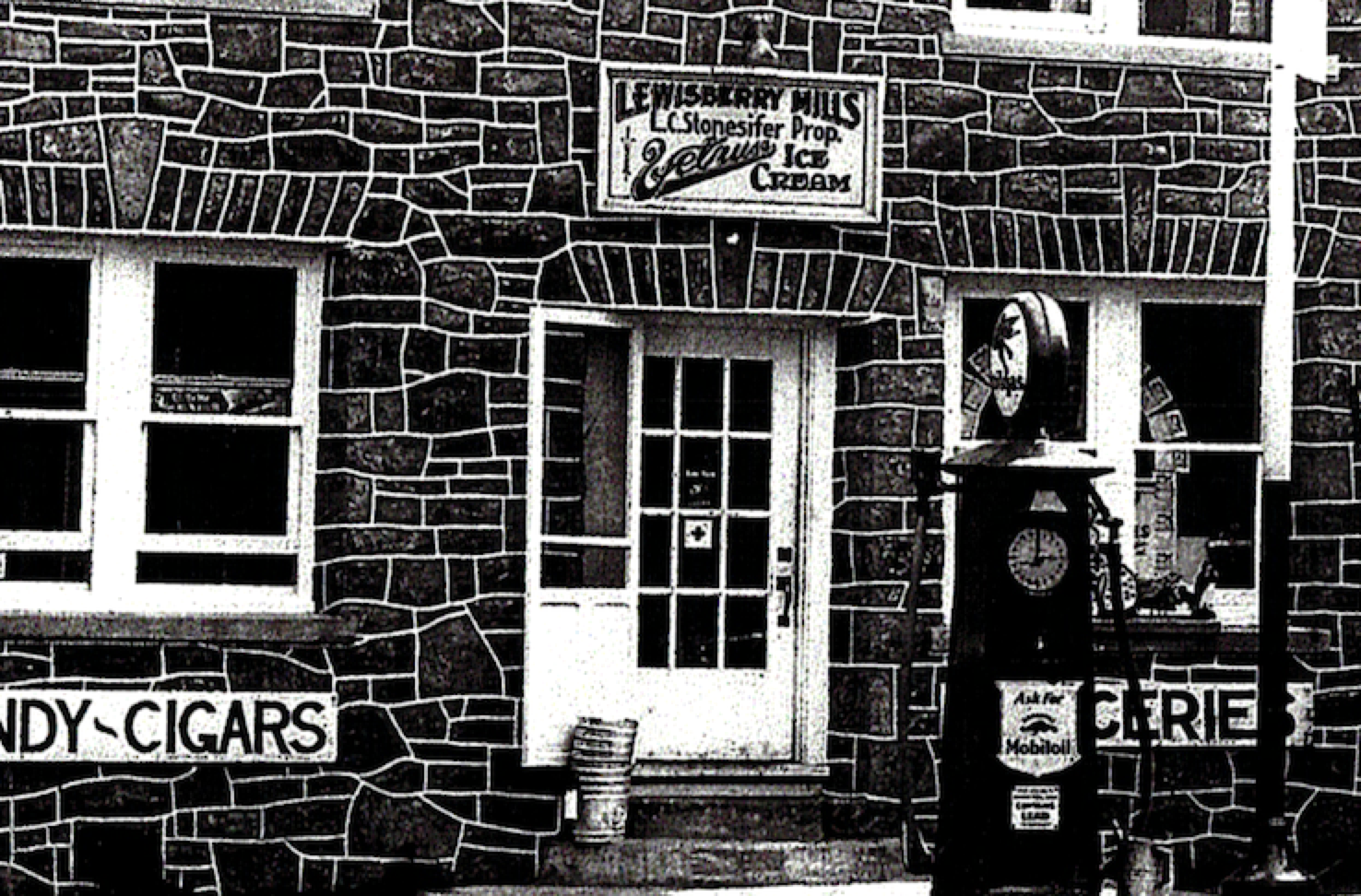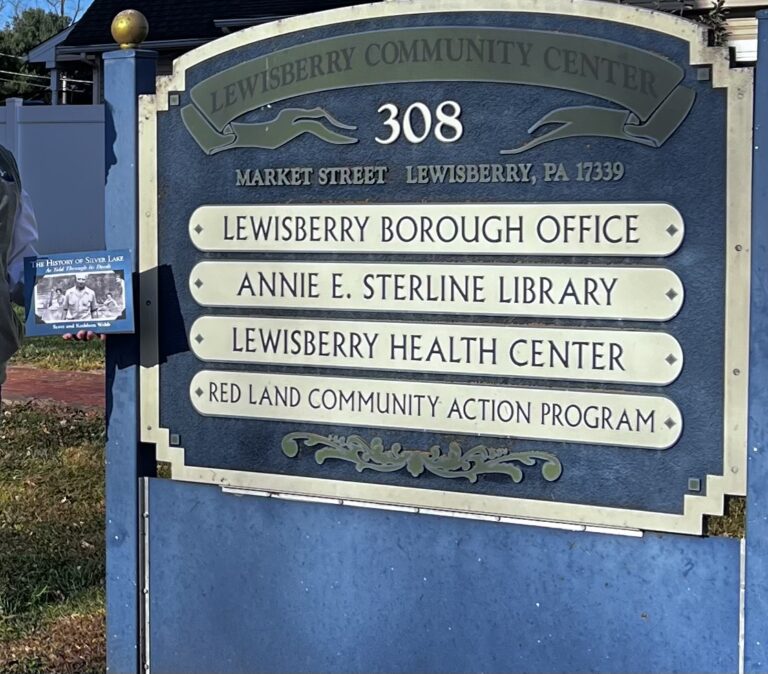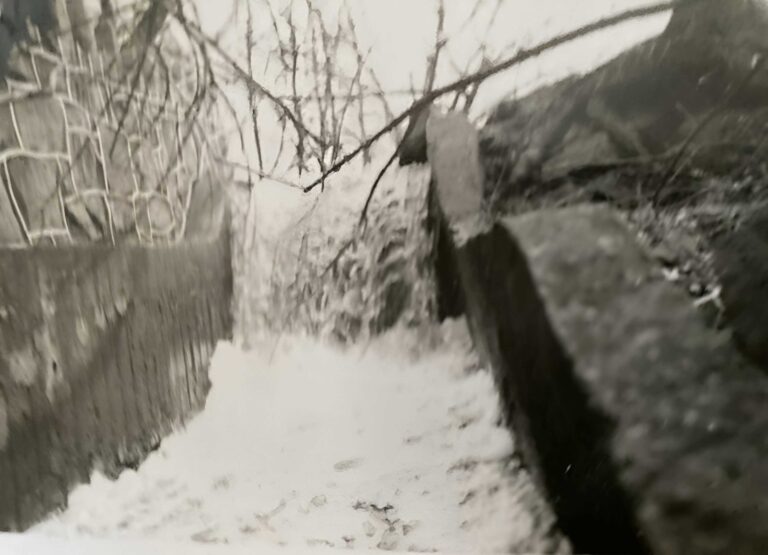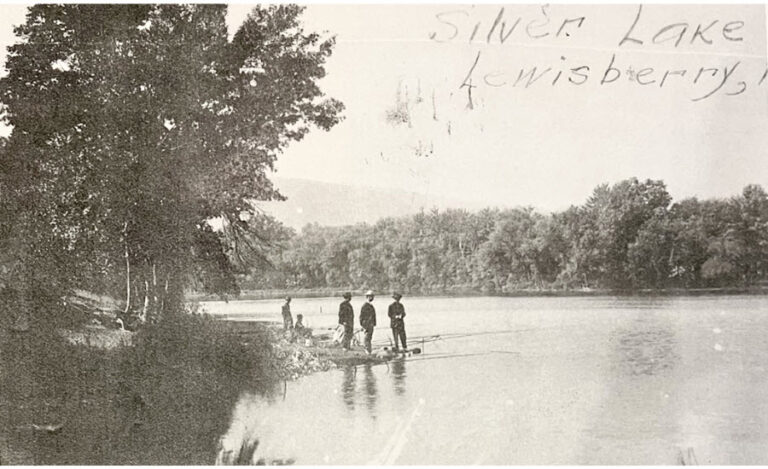In the captivating narrative of ‘The History Of Silver Lake as Told Through Its Deeds,’ Reverend David Henkelmann, affectionately known as Uncle David to his niece Lee, recounted his memories of the earliest chapters of Silver Lake’s present-day development. Despite having memories of the lake from eight decades earlier, Uncle David found himself with scant knowledge of its historical origins. However, through meticulous research and documentation, the lost history of Silver Lake and the Lewisberry Mill has been resurrected, serving as a treasure trove for both present-day historians and future generations.
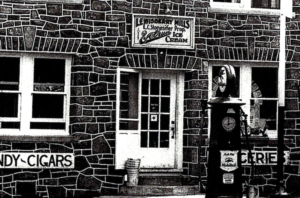
One notable landmark that emerges from this historical excavation is the Lewisberry Mill, which underwent several name changes throughout its operational lifespan. Initially known as Harmon’s Mill, it was later renamed Kaufman’s Mill, then Cline’s Mill and eventually became commonly referred to as Lewisberry Mill. It is remarkable that in its 150 years as an operational grist and saw mill, there were a mere 4 families involved.
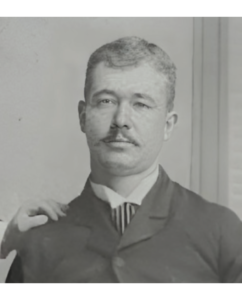
In 1925, William Grant Stonesifer became the last mill owner/operator. Tragically, the mill’s final chapter unfolded with the untimely demise of William’s son Guy in 1930, marking the end of an era. However, the millstones found new life as part of Rev. Reinhold Henkelmann’s cottage, where they stand as silent witnesses to a bygone era.
A pivotal moment in the mill’s history occurred when Lawrence Clifford “Cliff” Stonesifer repurposed the stone mill into a multifunctional hub encompassing a grocery store, gas station, and occasional dance hall. There are numerous newspaper advertisements for dances, particularly square dances, being held in the main mill building. This dynamic era saw the mill’s premises bustling with community activity, as recounted by Rev. David Henkelmann’s fond memories of social gatherings and grocery runs to Stonesifer’s Grocery Store.
Today, the Lewisberry Mill stands as a silent witness to the legacy of Silver Lake’s rich history, ensuring that its storied past continues spark inquiry on the part of passers by. Our narrative history is our modest effort to document the legacy for future generations.

